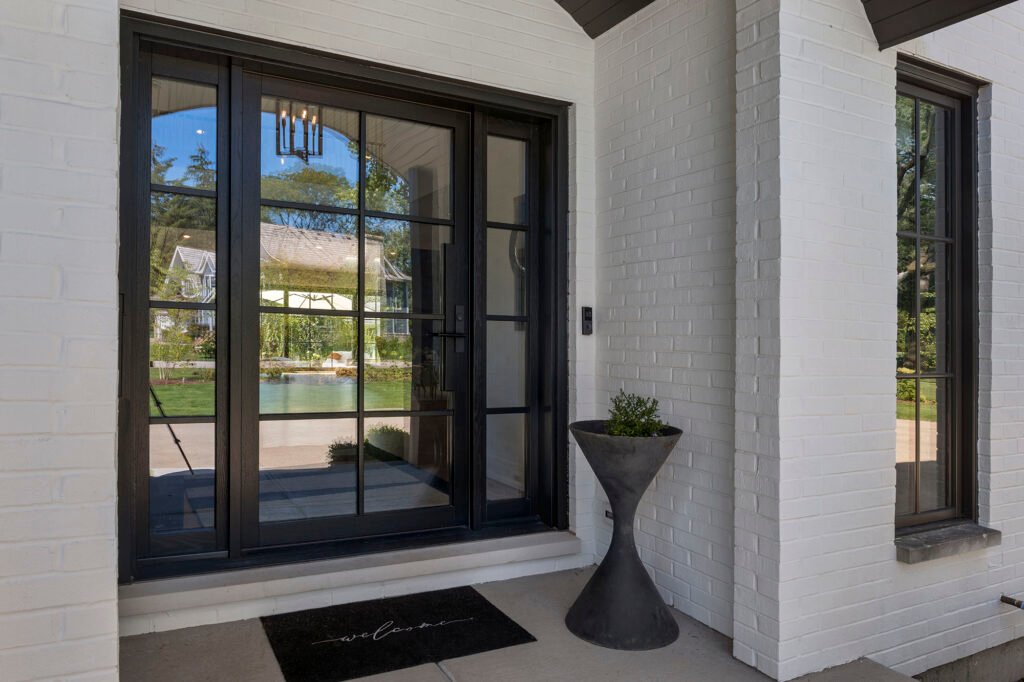Contemporary architecture increasingly embraces glass doors as both functional elements and design statements. At SUNGYE, we’ve engineered glass door systems that marry form and function across residential and commercial applications. This technical breakdown examines seven door mechanisms and five glass types through the lens of structural performance, energy efficiency, and spatial dynamics.
1. Glass Door Mechanics – 7 System Profiles
1.1 Track-Based Systems
SUNGYE GlideMaster Sliding Doors
Operation: Horizontal movement on aerospace-grade aluminum tracks
Optimal Use: Spaces with ≤40” lateral clearance
Performance Metrics:
85% space efficiency vs swinging doors
150,000 cycle durability rating
1.2 Hinged Variants
SUNGYE Pivot+ Series
Innovation: Center-loaded pivot mechanism (300° rotation)
Structural Advantage:
Handles 48”×96” panels without sagging
3-point locking system exceeds ANSI/BHMA Grade 1
2. Material Science – Frame & Glass Synergy
2.1 Frame Technologies
| Type | Thermal Break | Max Span | Lifespan |
|---|---|---|---|
| uPVC | 0.22 W/m·K | 36” | 25 years |
| Aluminum | 0.28 W/m·K | 48” | 40+ years |
| Frameless | N/A | 32” | 15 years |
2.2 Glass Engineering
Laminated: 1.52mm PVB interlayer (EN 12600 Class 1 impact)
Low-E: U-value as low as 0.15 with triple silver coating
Tempered: 4x stronger than annealed glass (ASTM C1048)
3. Decision Framework
3.1 Climate Considerations
Coastal: Marine-grade aluminum frames + laminated glass
Arctic: Triple-glazed uPVC frames with warm edge spacers
3.2 Acoustic Requirements
35-42dB reduction: Laminated glass in staggered stud frames
50dB+ reduction: Double-panel systems with acoustic seals
Professional Insight
“Modern glass doors shouldn’t force tradeoffs between views and efficiency,” says SUNGYE’s lead engineer. “Our hybrid systems now deliver 0.28 U-values even in frameless applications through patented edge bonding technology.”
Access our Glass Door Configurator to:
Generate performance projections for your ZIP code
Compare 3D renderings of different systems
Request sample specs meeting LEED v4.1 criteria
